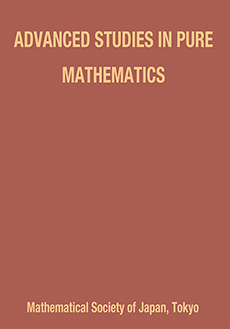Abstract
The discrete quantum Sine-Gordon model at roots of unity remarkably combines a classical integrable system with an integrable quantum spin system, whose parameters obey classical equations of motion. We show that the fundamental $R$-matrix of the model (which satisfies a difference property Yang–Baxter equation) naturally splits into a product of a singular "classical" part and a finite dimensional quantum part. The classical part of the $R$-matrix itself satisfies the quantum Yang–Baxter equation, and therefore can be factored out producing, however, a certain "twist" of the quantum part. We show that the resulting equation exactly coincides with the star-triangle relation of the $N$-state chiral Potts model. The associated spin model on the whole lattice is, in fact, more general than the chiral Potts and reduces to the latter only for the simplest (constant) classical background. In a general case the model is inhomogeneous: its Boltzmann weights are determined by non-trivial background solutions of the equations of motion of the classical discrete sine-Gordon model.
Information
Digital Object Identifier: 10.2969/aspm/06110091


